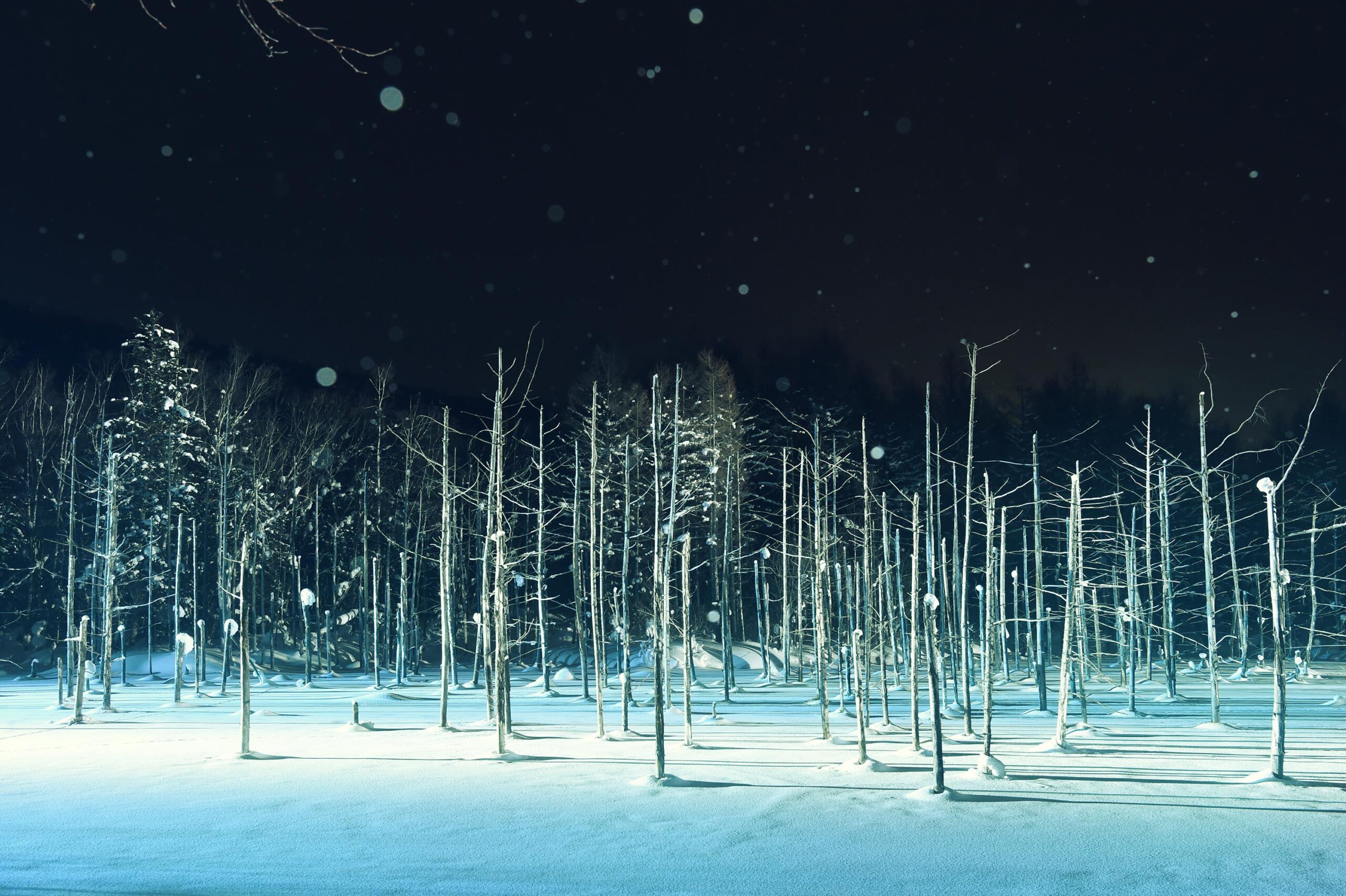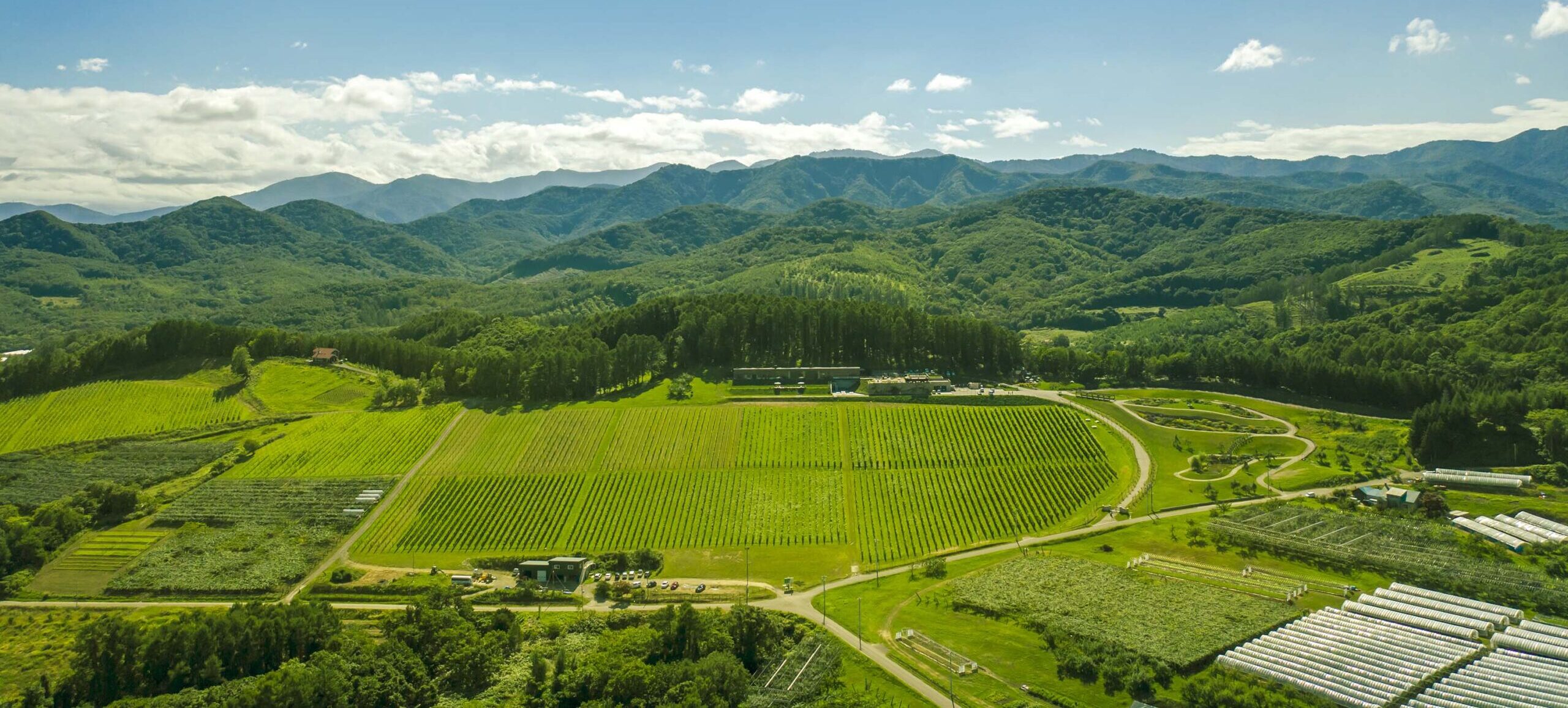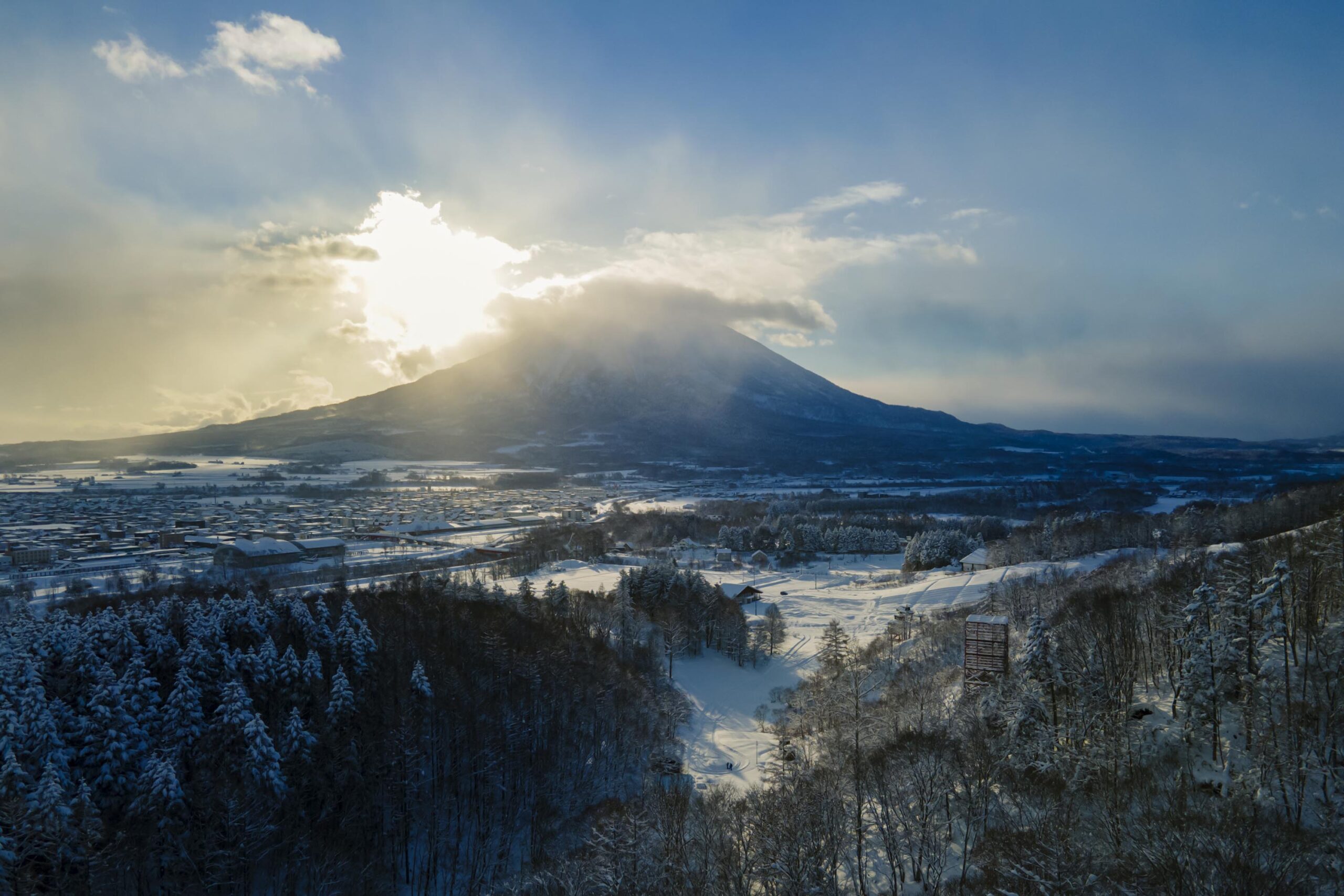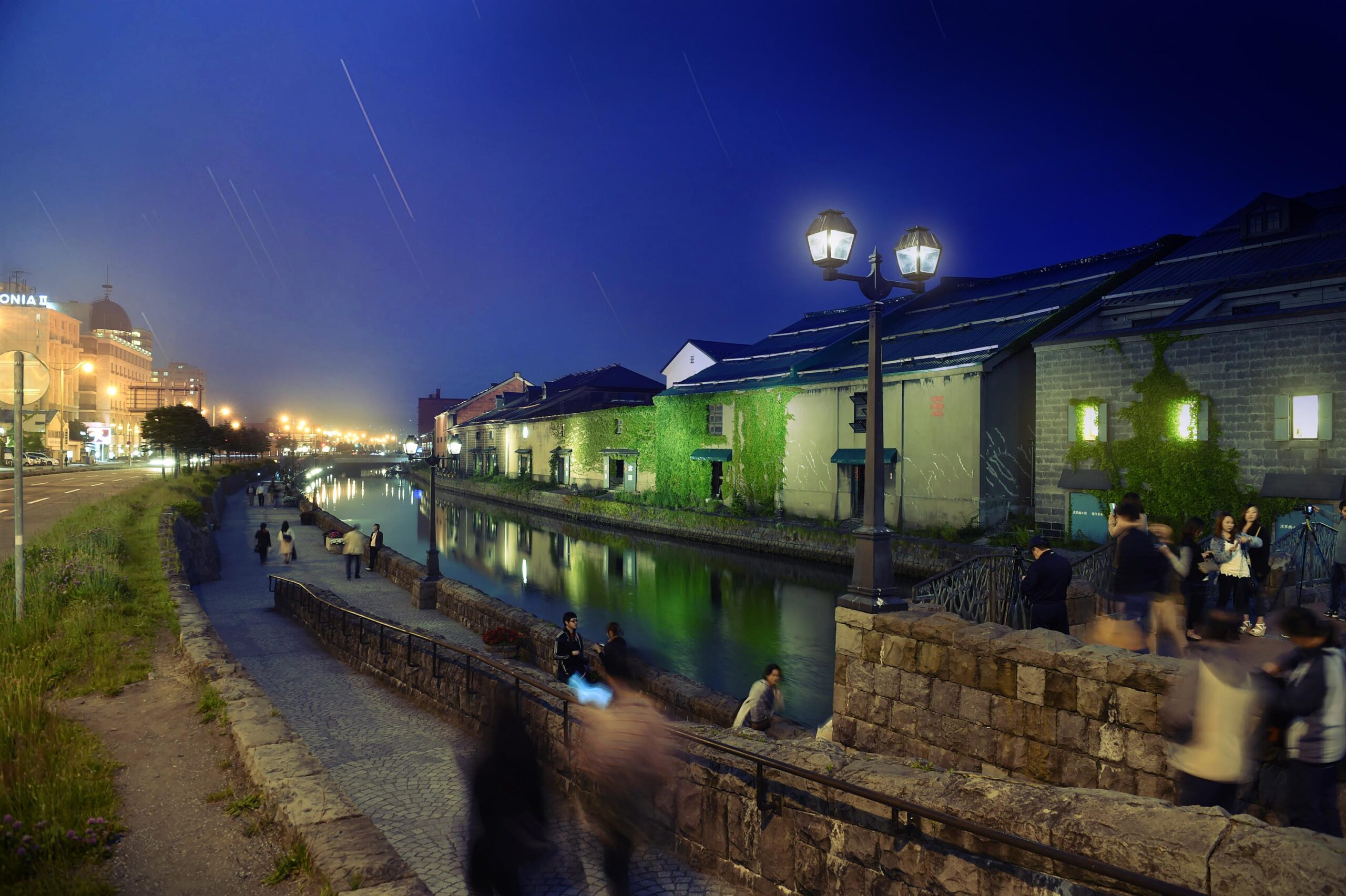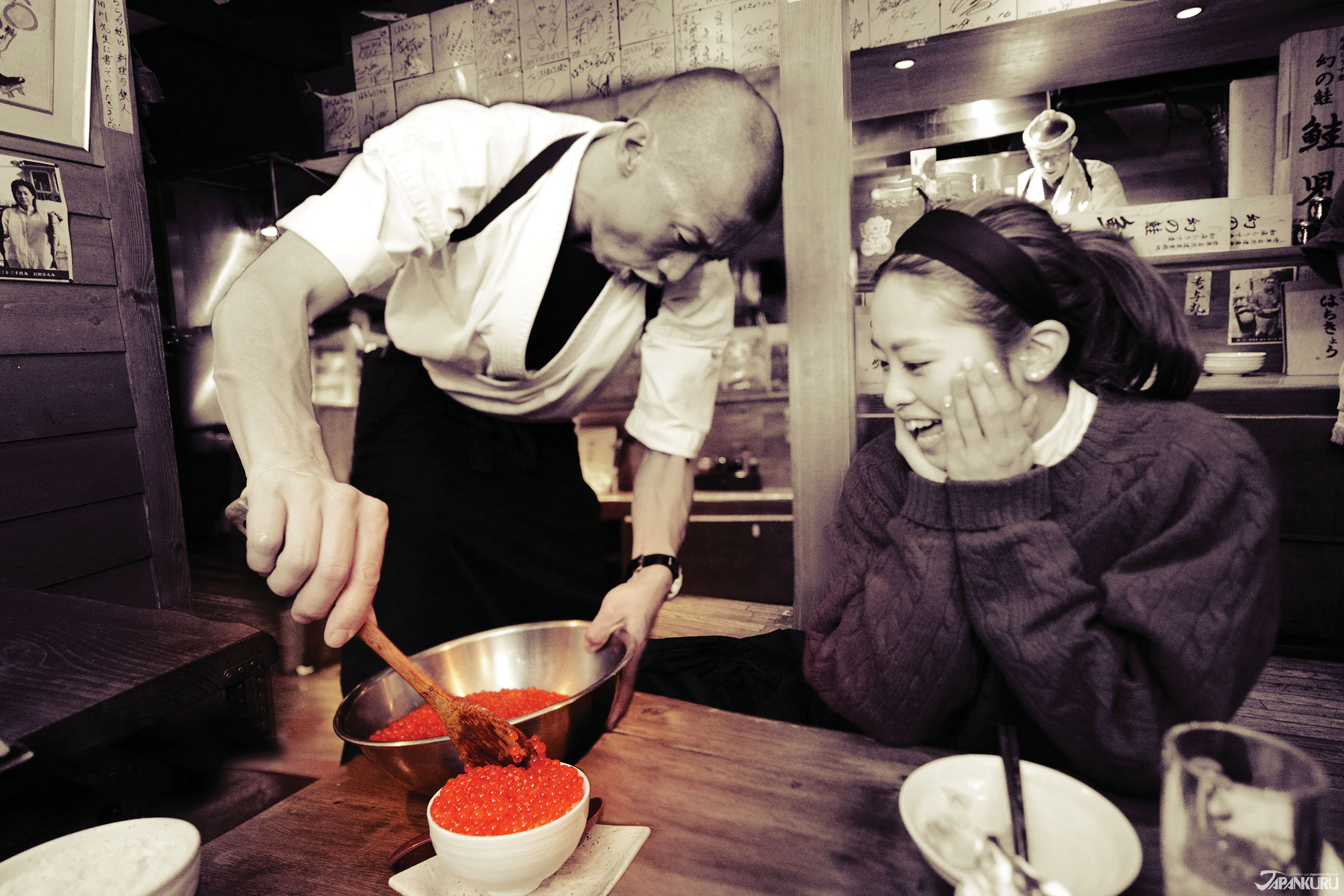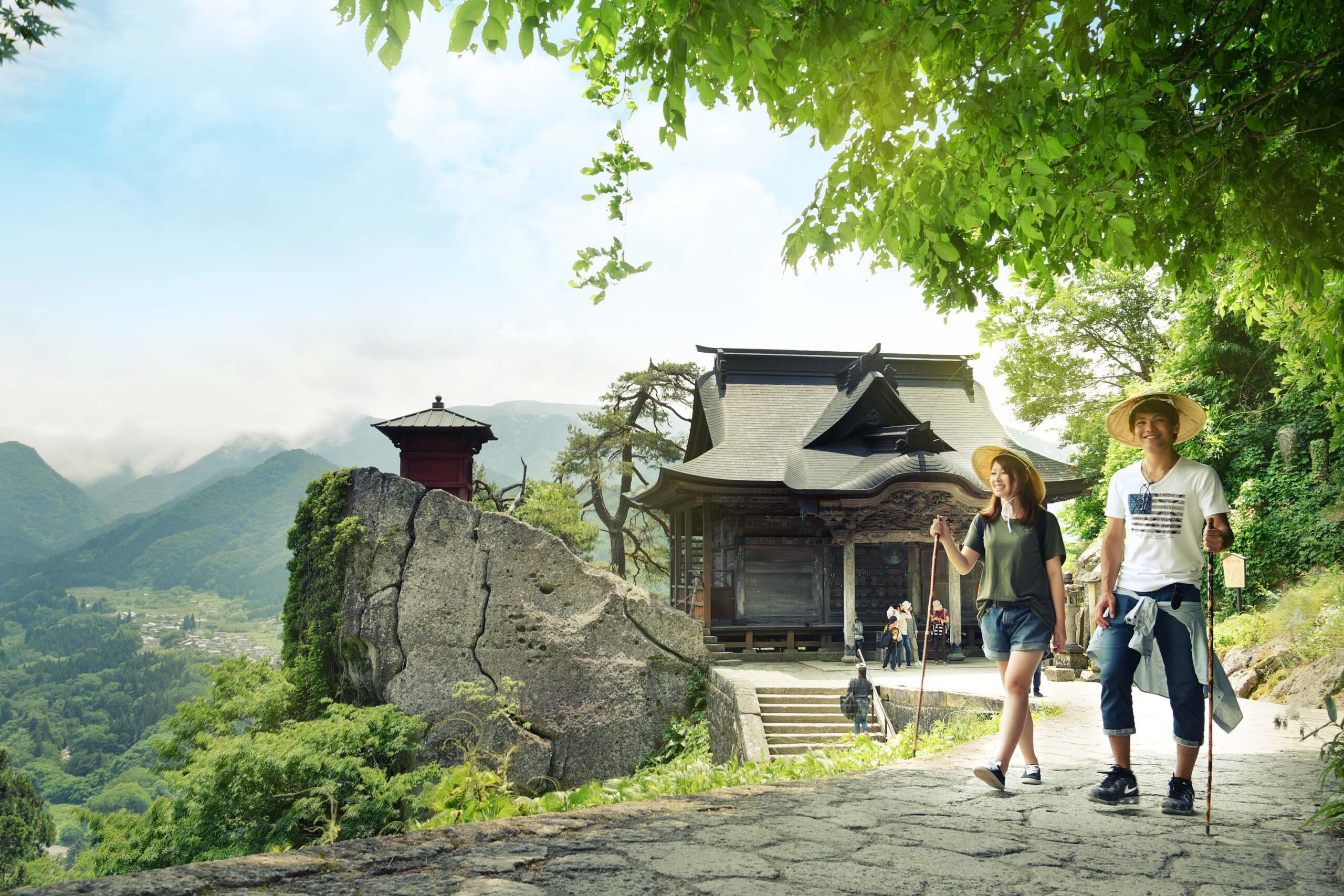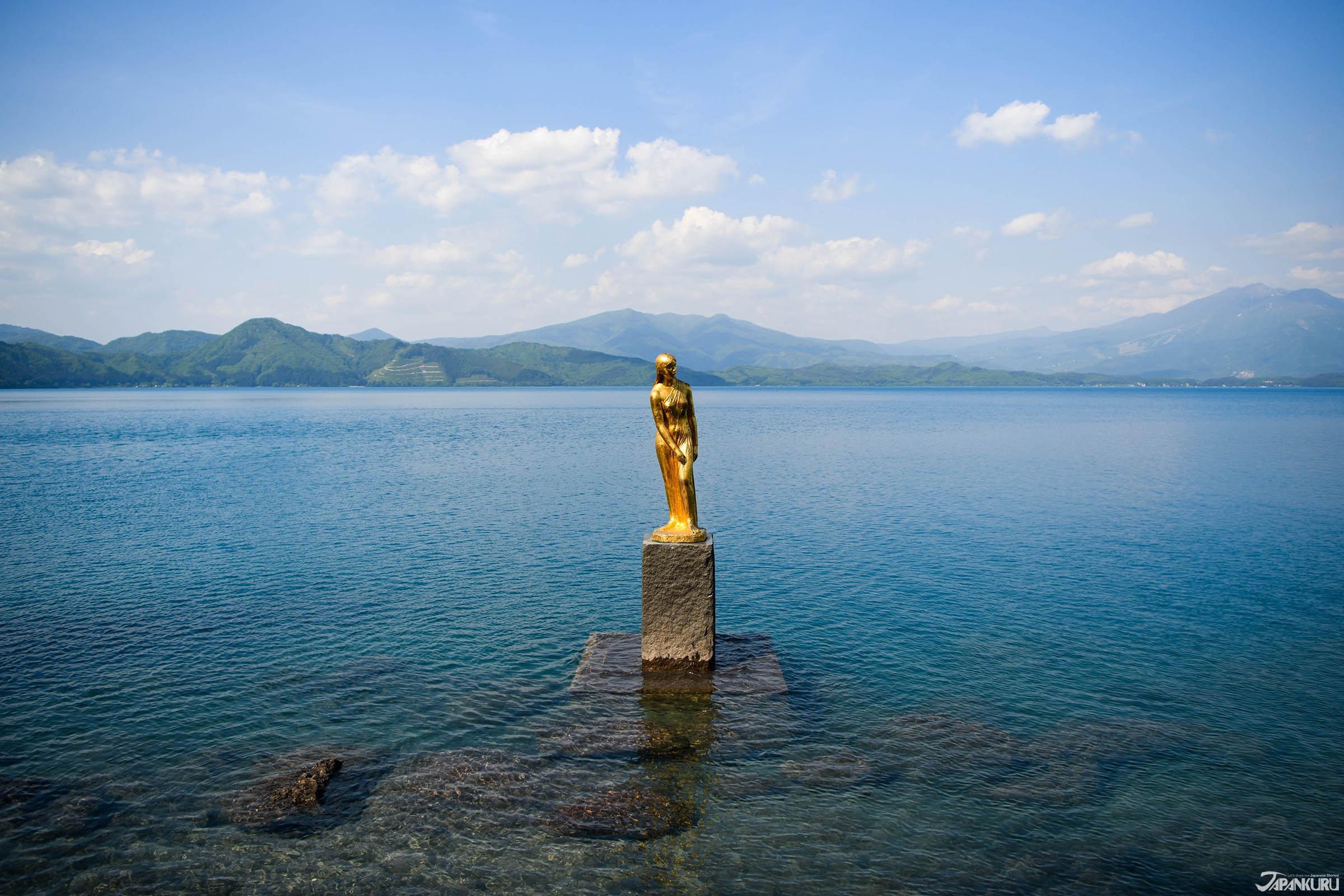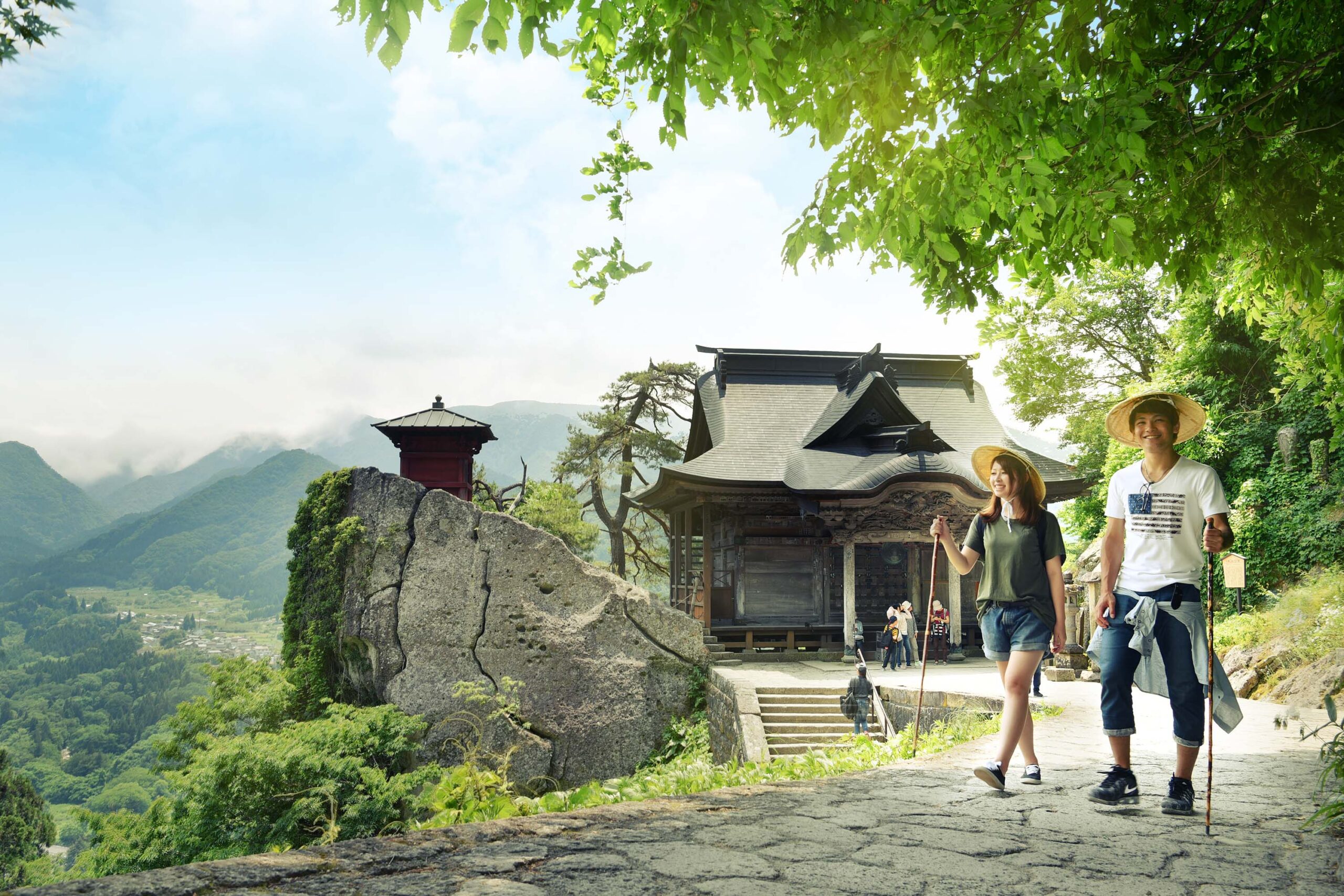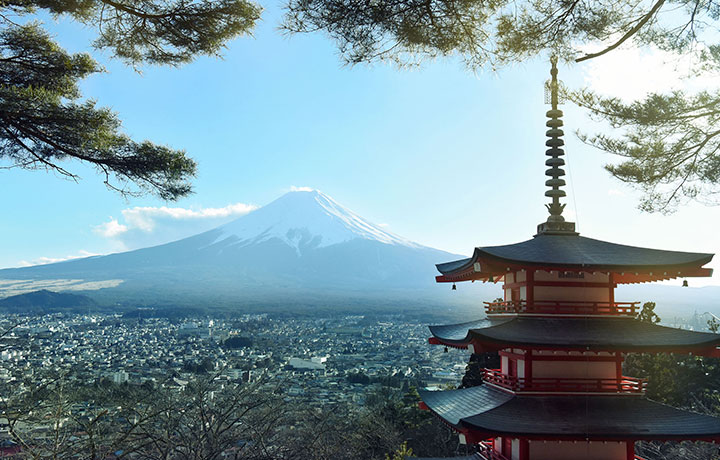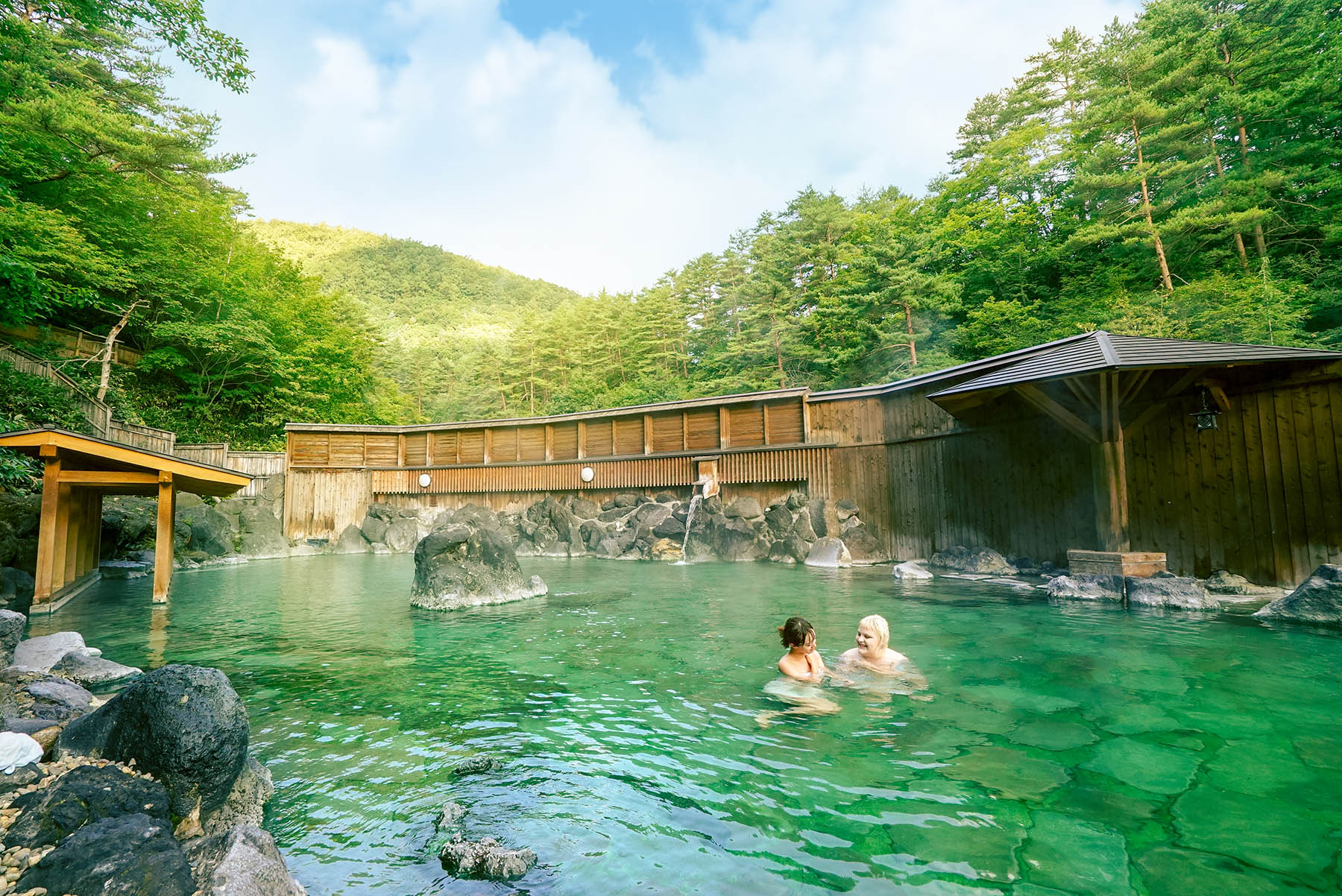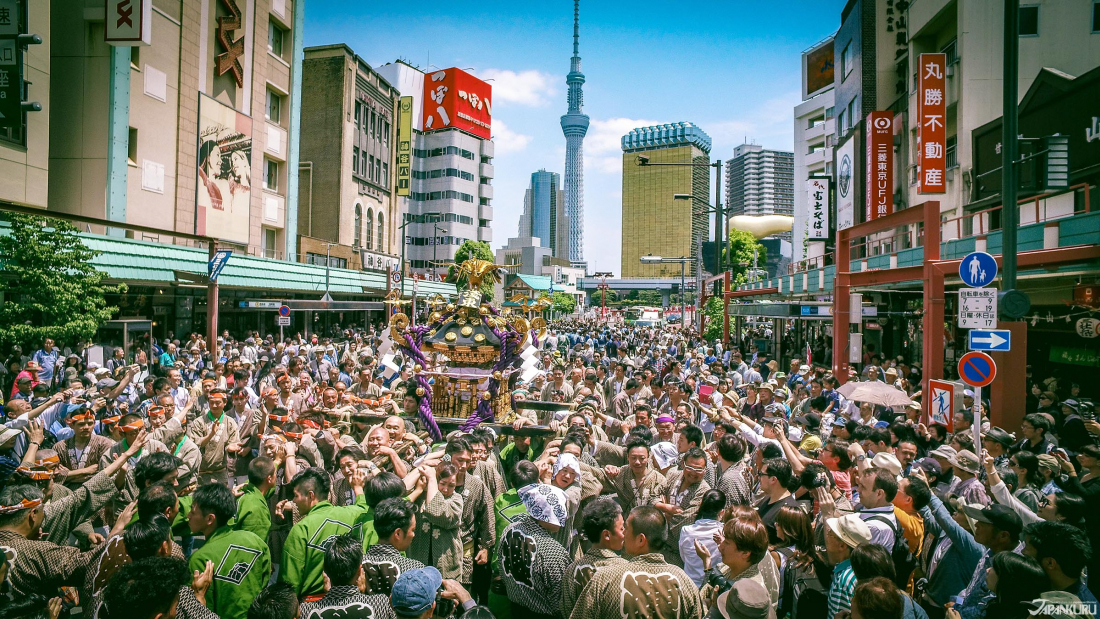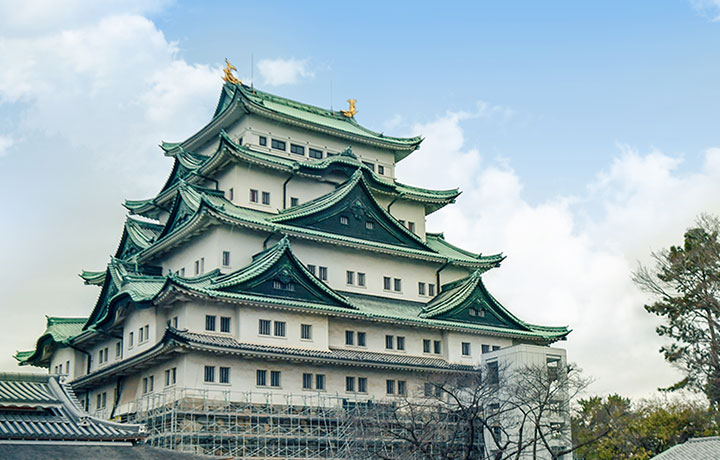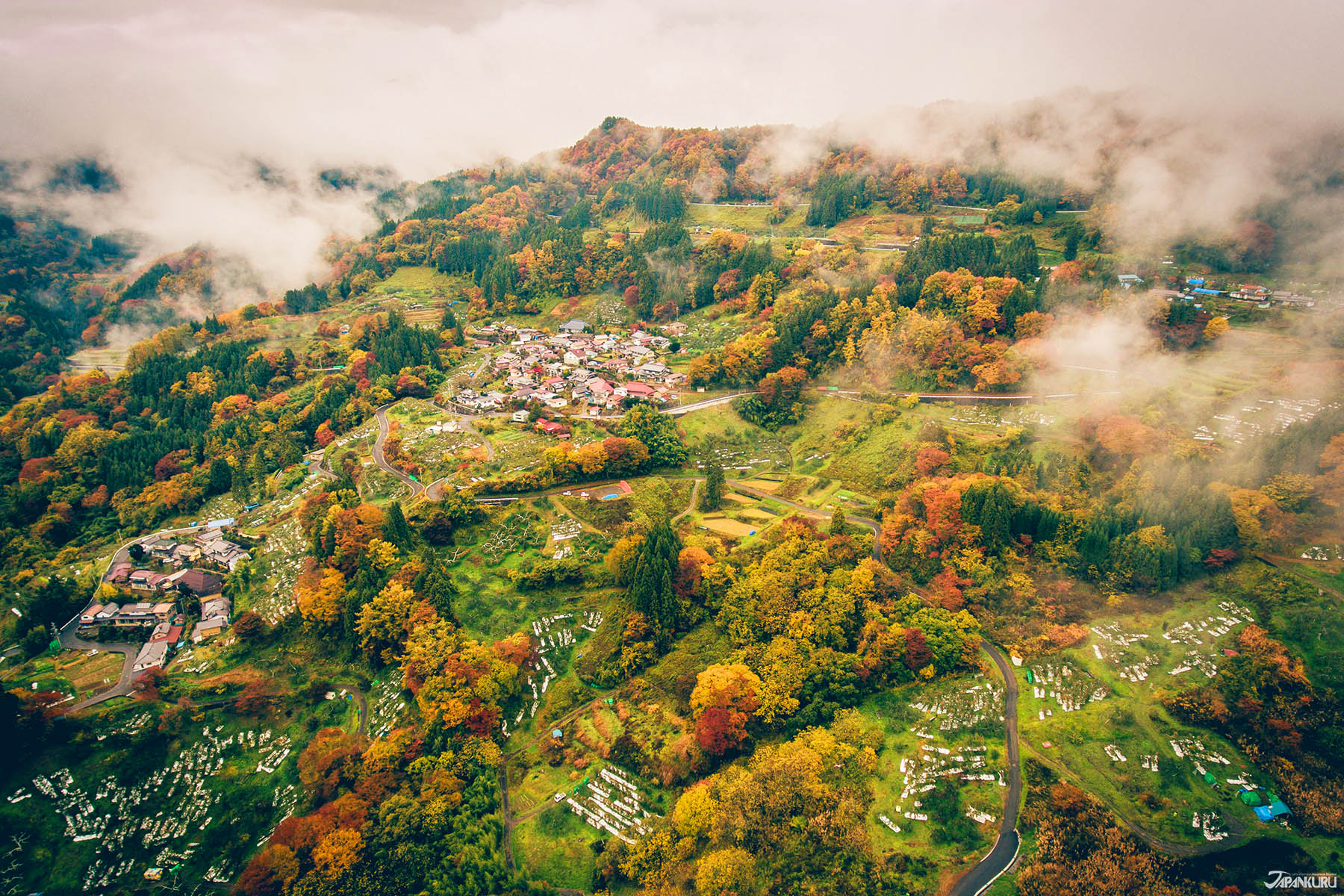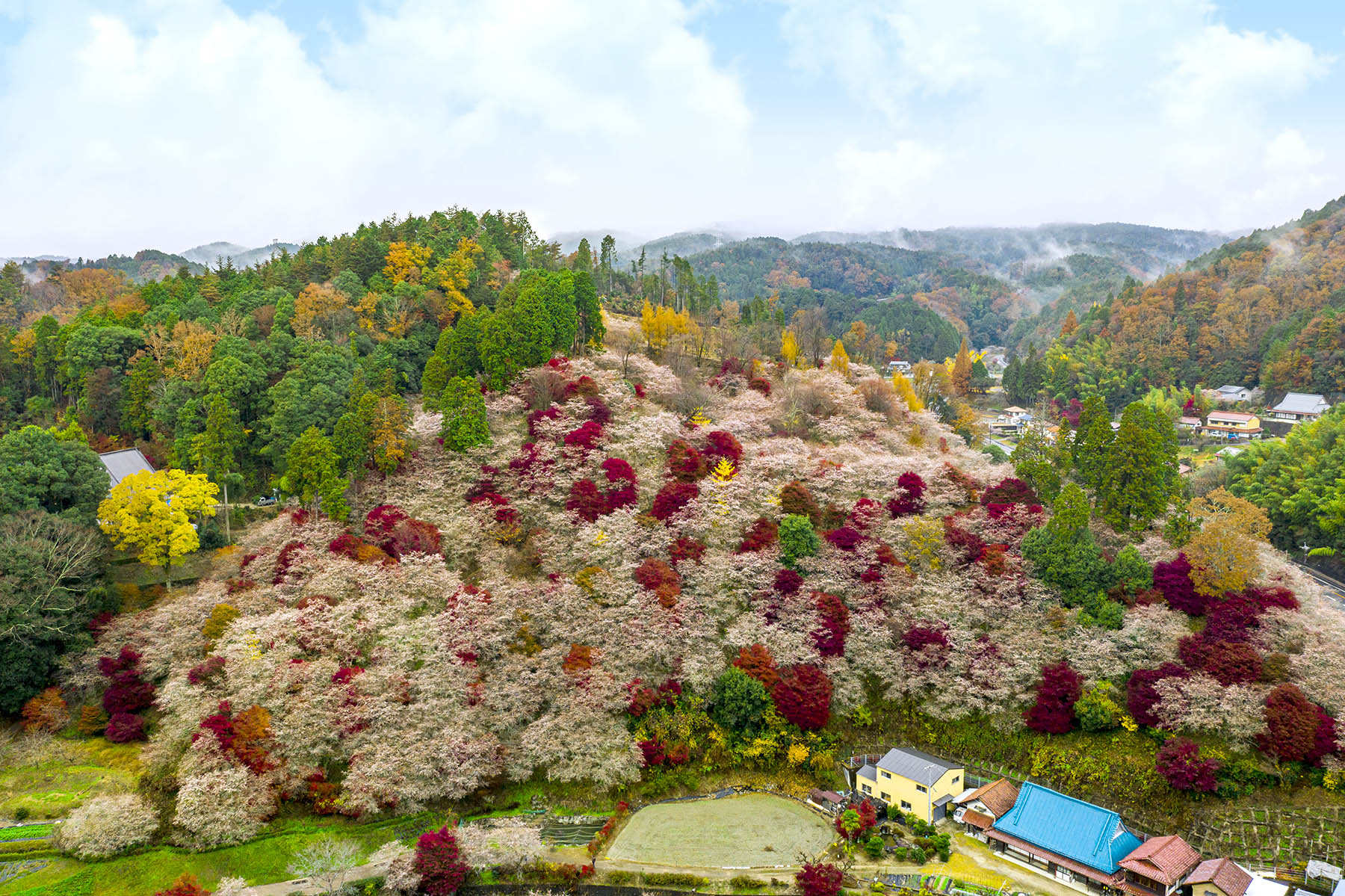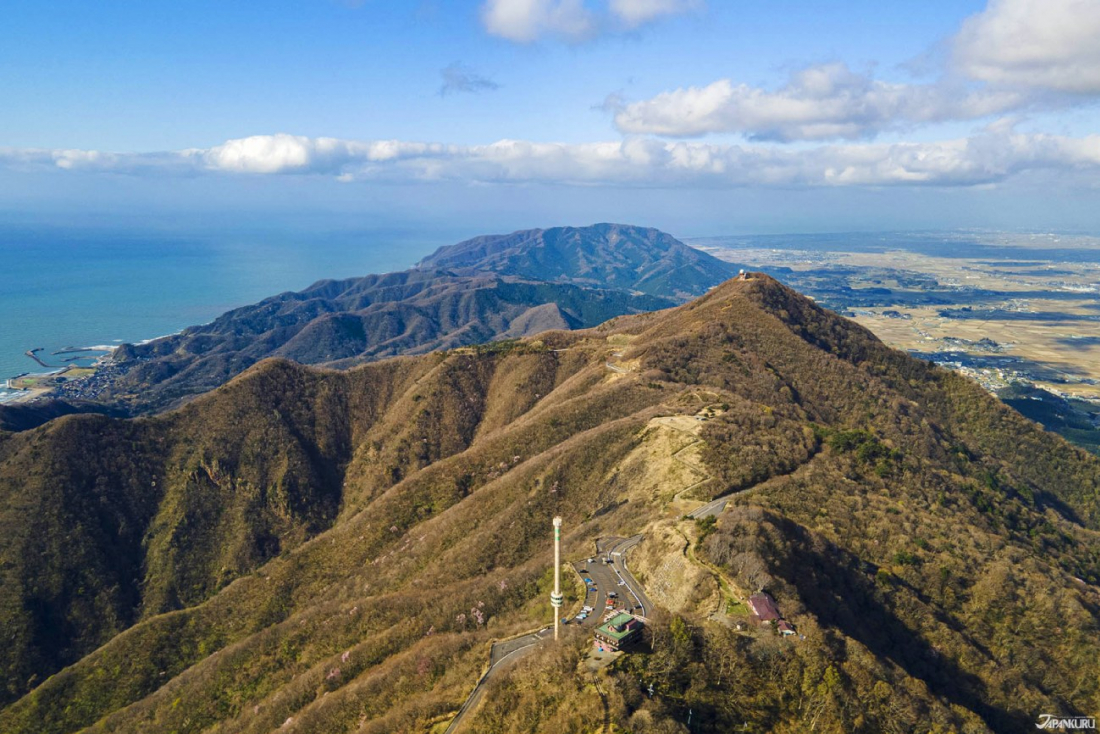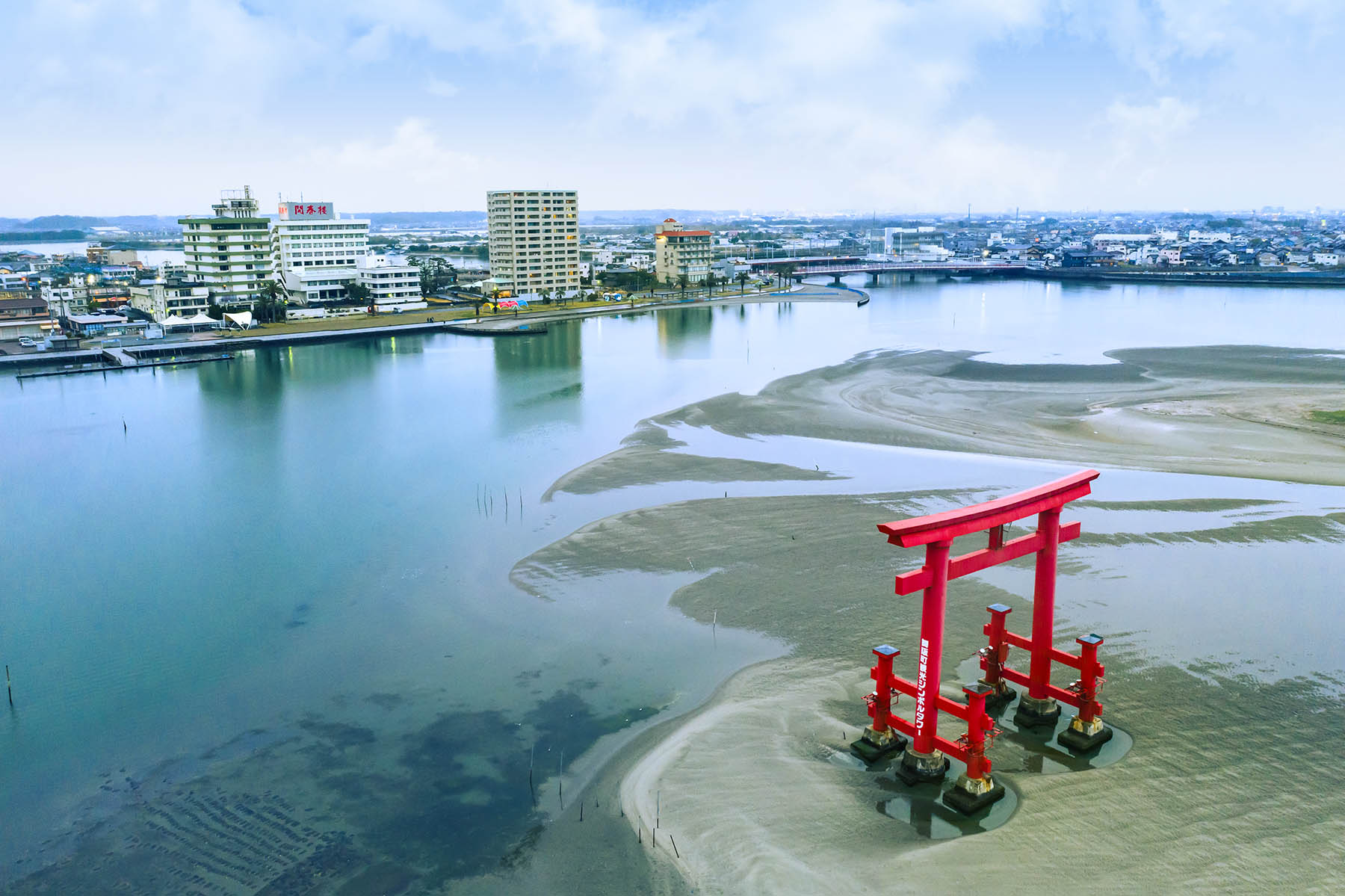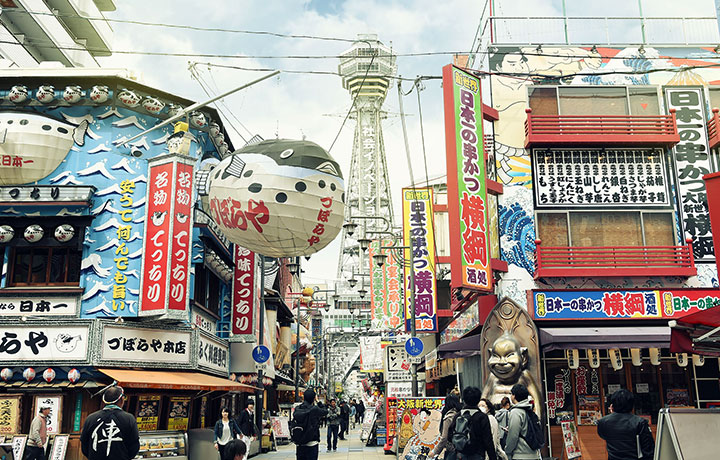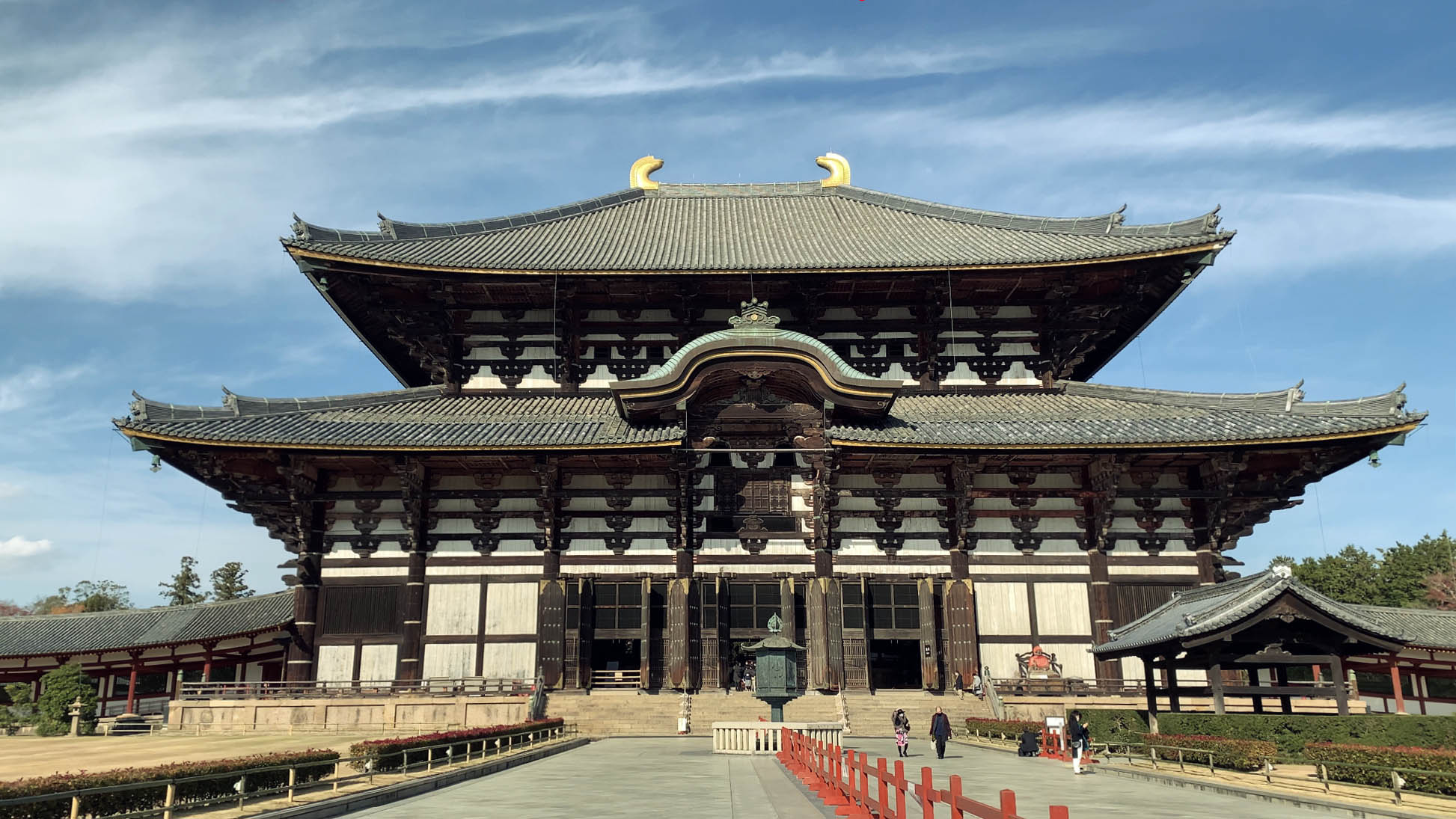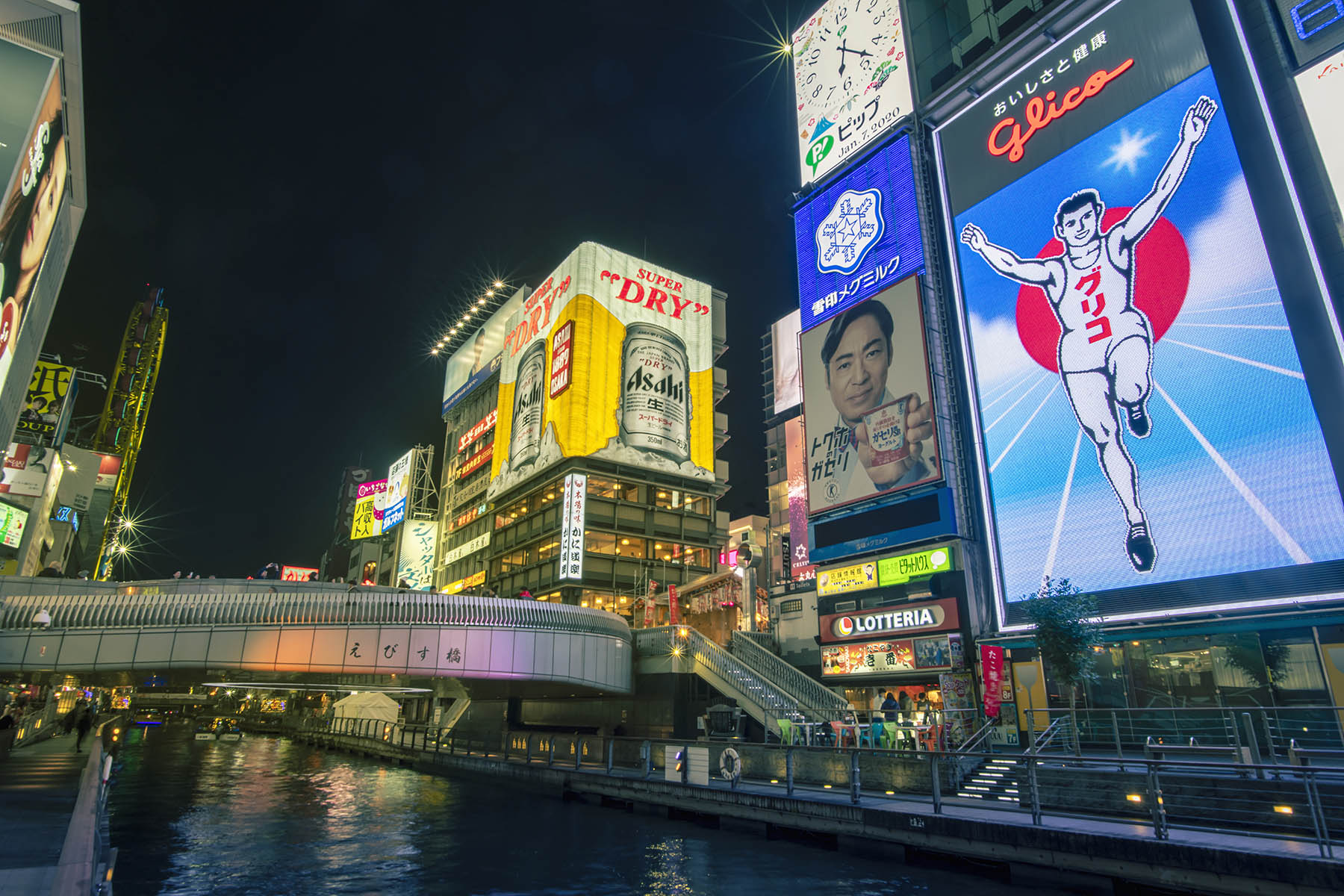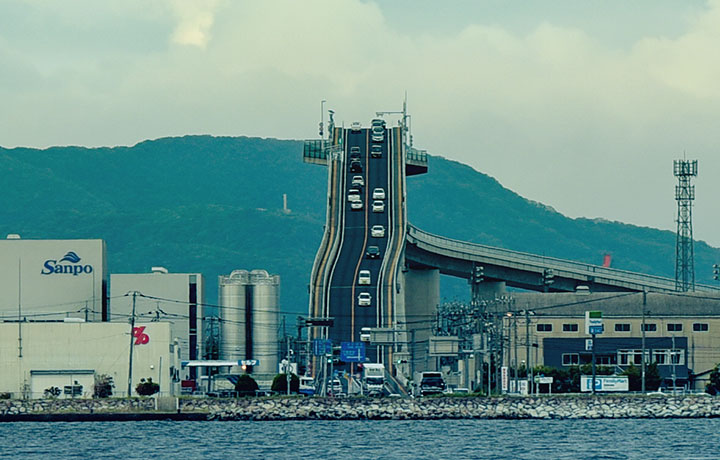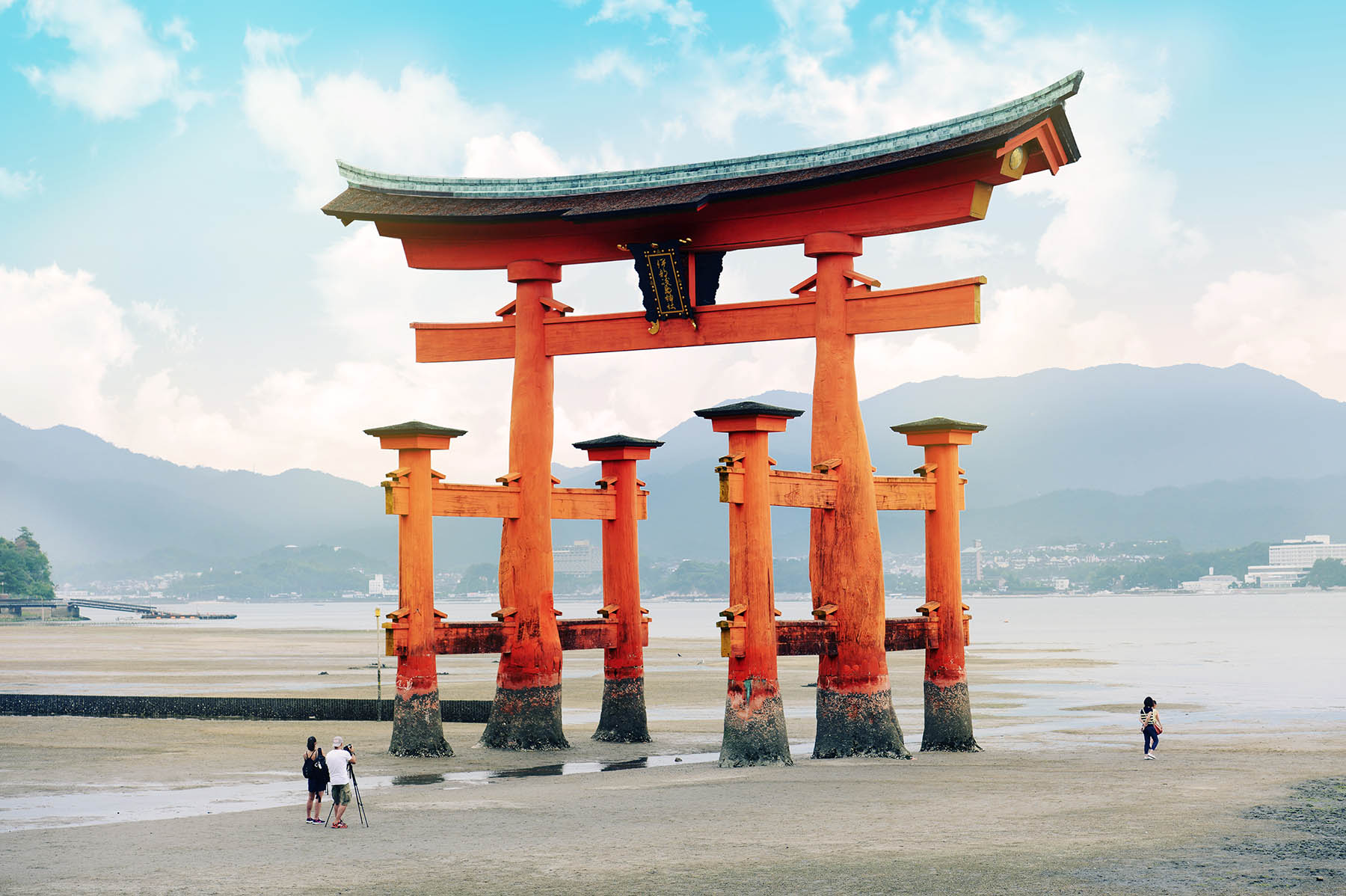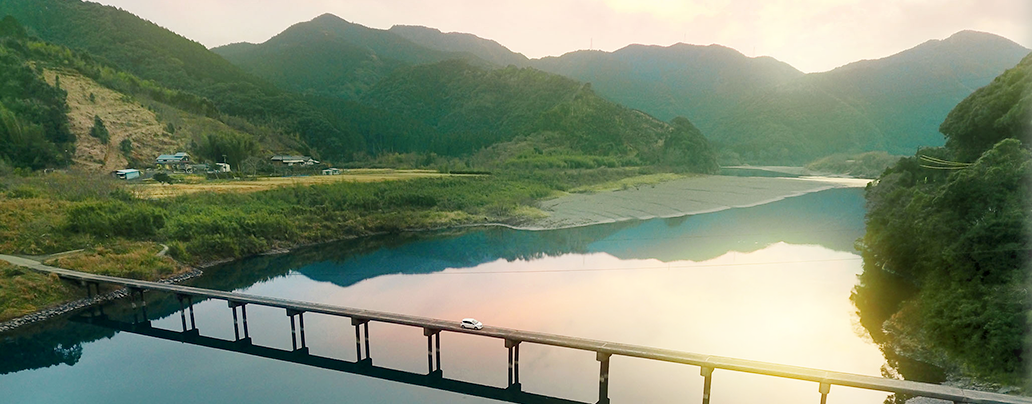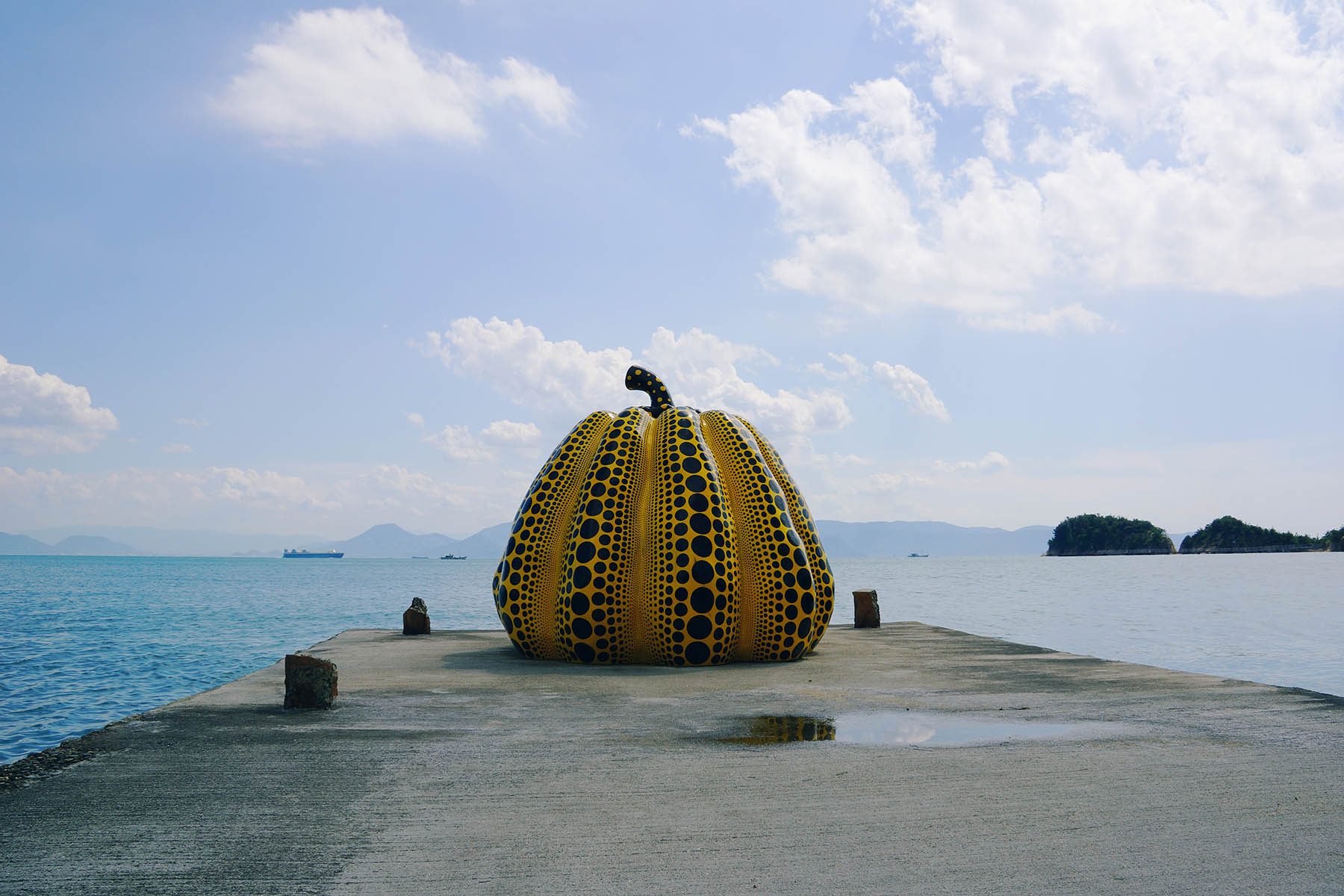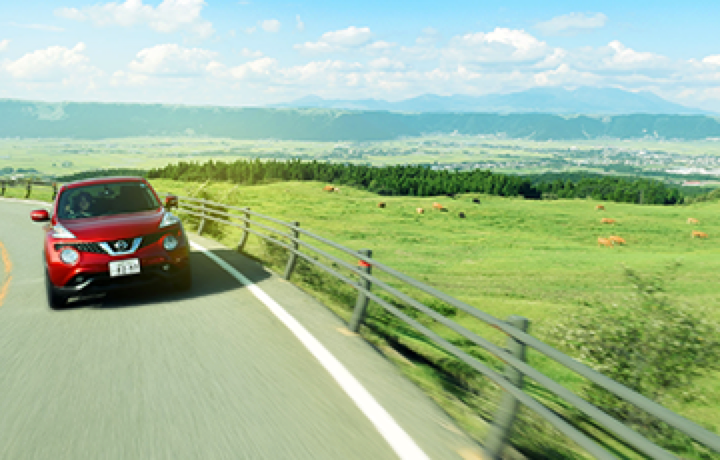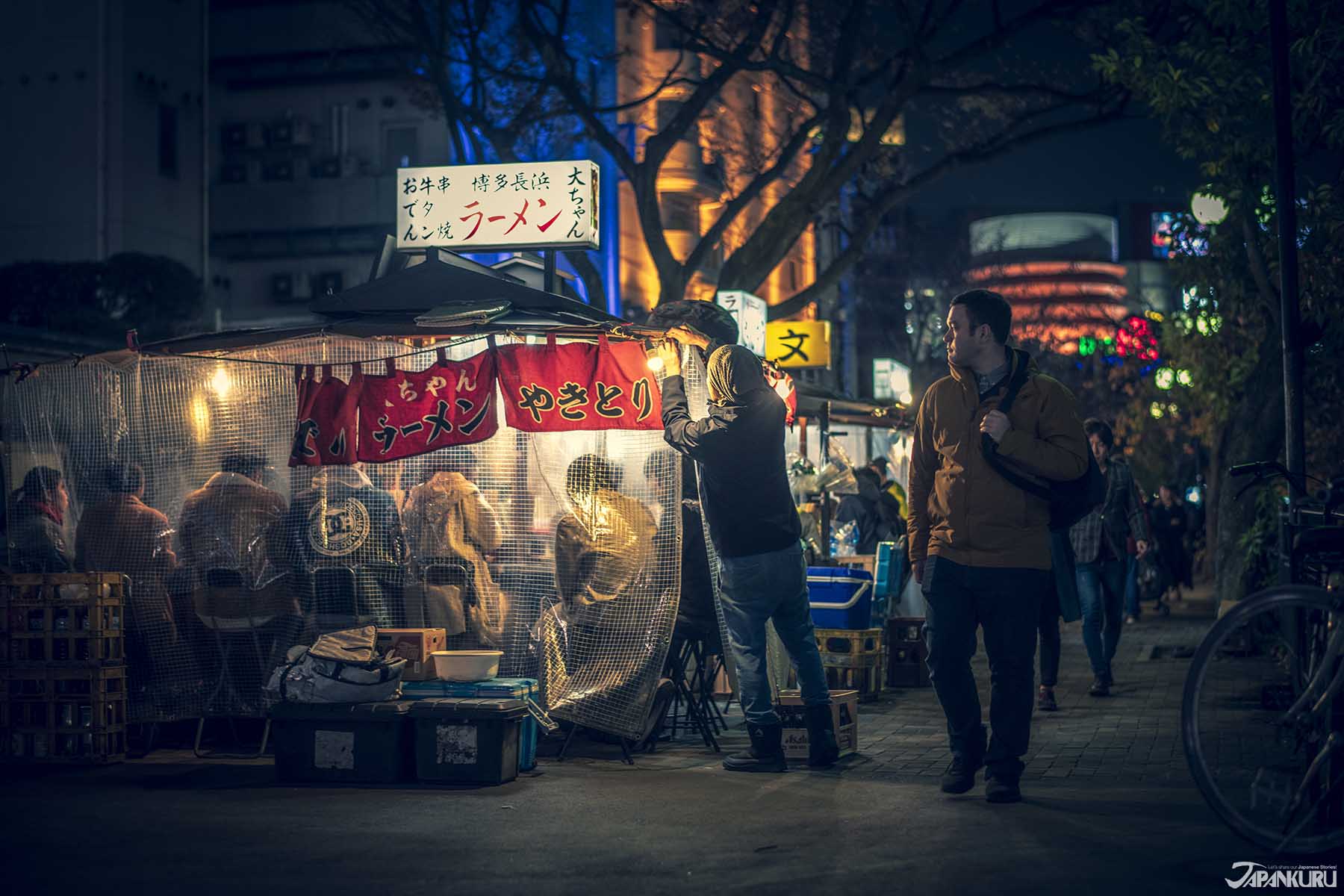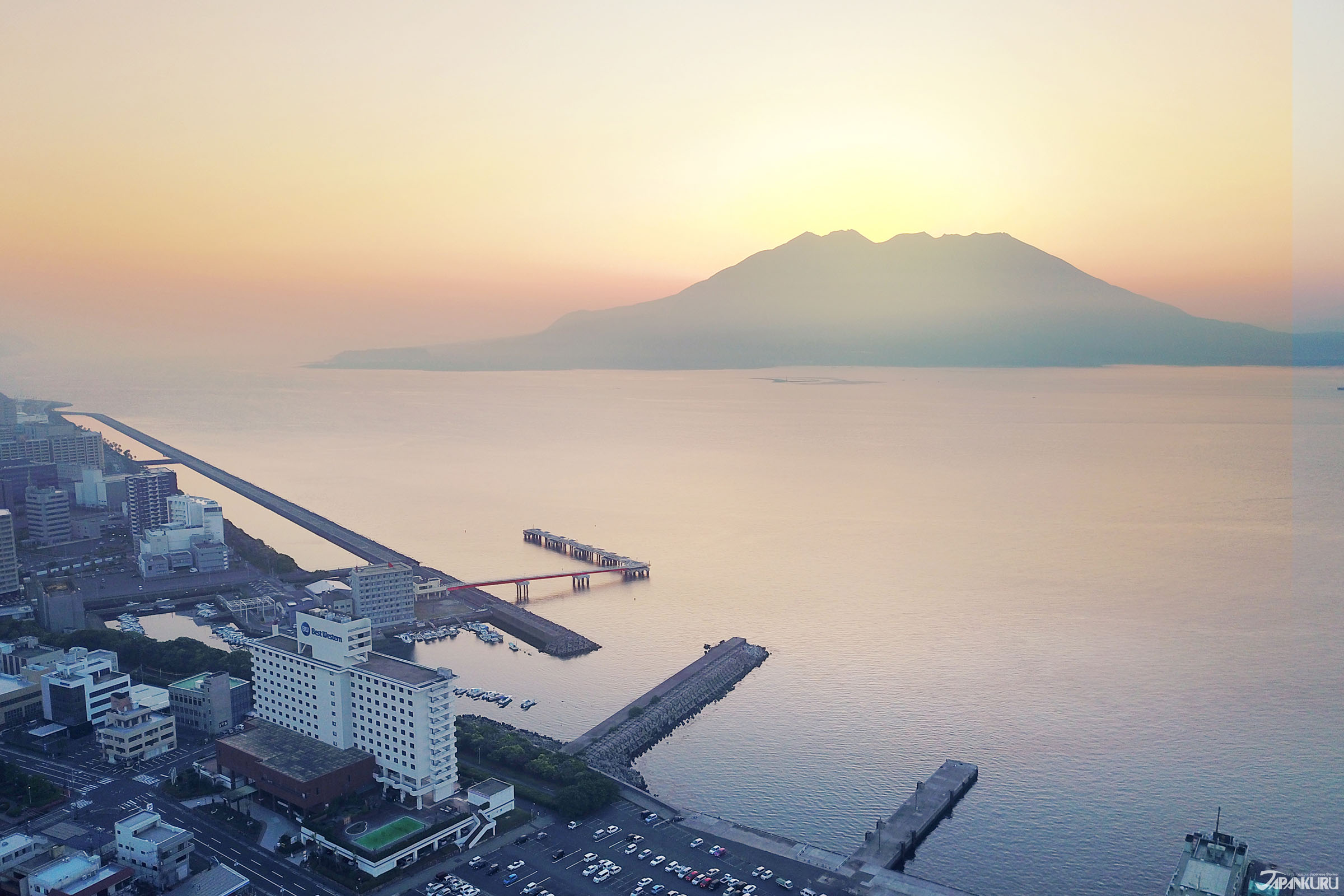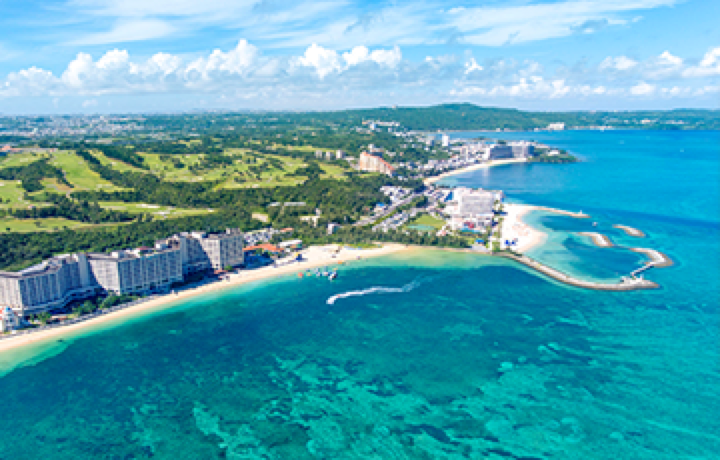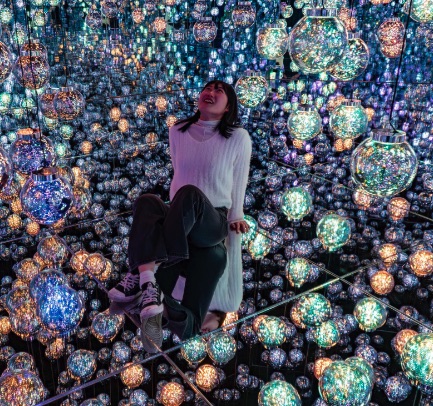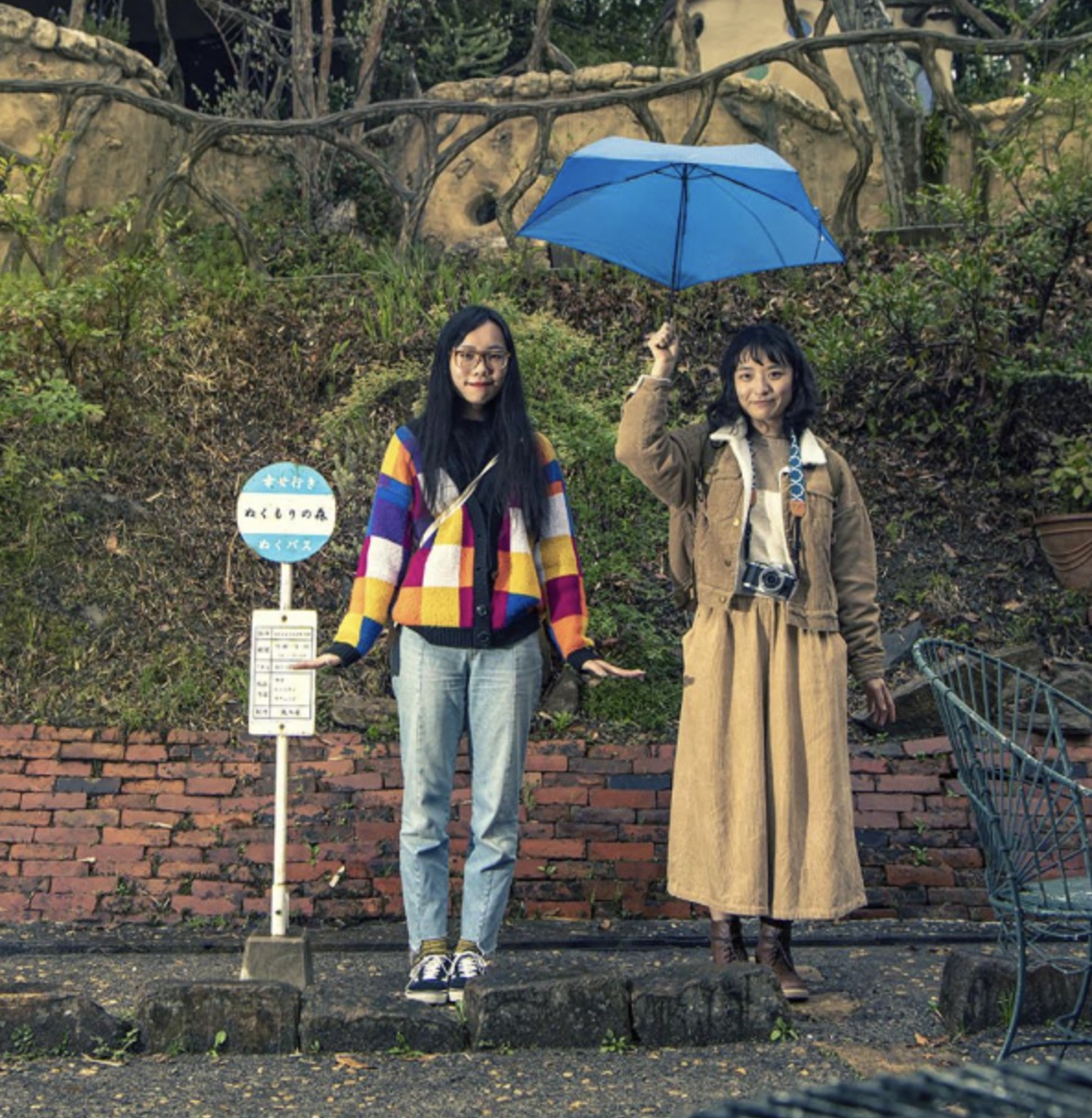
CONTENTS
Kanazawa is not only the capital of Ishikawa Prefecture but also the economic and cultural center of Hokuriku (Ishikawa, Toyama, and Fukui). In the 17th and 19th centuries, Kanazawa was well under the control of the powerful feudal Kaga Domain, and the well-established Kanazawa was never affected by war or major natural disasters. Thus Kanazawa kept the complete heritage and traditional craft culture all these years.
But Kanazawa, which is also known for it being one of Japan's rainy cities, has a saying, "You can forget to bring your lunch, but don't forget your umbrella." Which can only give you an idea of how much it rains.
This time, JAPANKURU will bring everyone to the rainy Kanazawa to find a place to hide (from the rain) – Mitsui Garden Hotel Kanazawa.
The chain hotel Mitsui Garden series is very well known to Japanese people. Comfortable and spacious are always a priority for those visiting Japan which is why this hotel is a popular choice among foreigners, especially Westerners. The hotel is also not far from JR Kanazawa station which works well in the sense that Kanazawa rains a lot. Not only is it easy to get to from Kanazawa Station, but it is also within a 10-minute walk to Kanazawa's largest fresh food market Omicho Market.
Recently we have visited many different Mitsui Garden Hotels around Japan, and each are different in their own way. Each of the rooms and interior is decorated with art and color schemes that combine the local characteristics. Mitsui Garden Hotel Kanazawa's particular scheme is that of Edo and Kanazawa's famous gold leaf.
How to Get to Mitsui Garden Hotel Kanazawa?
◆Walk: The distance between Mitsui Garden Hotel Kanazawa and JR Kanazawa Station is about 1/2 mile (1km), and it takes nearly 20 minutes on foot.
◆Bus: From Kanazawa Station get on at No. 8 stop, get off at Minamicho・Oyama Shrine stop. The bus stop is right in front of the hotel.
◆Taxi: You can get there from Kanazawa Station within 10 minutes for less than 1000 yen.
Hotel Lobby Full of Kanazawa Style
As mentioned above, the interior design of the Mitsui Garden series will vary on the local culture, and Mitsui Garden Hotel Kanazawa is decorated with gold leaf to give you the fullness of the Kanazawa style. There are many works related to Kanazawa to be seen here.
As soon as you walk into the hotel lobby, the calm color and the wooden aroma bring out the overall low-key and gorgeous texture. The lobby is truly beautiful. Since Kanazawa does rain so much, if you go to the front counter you can borrow an umbrella from the hotel for free.
Room Type 1: Hakuza Gold Leaf Concept Room
One of Kanazawa's representatives, gold leaf, has its own concept suite at the hotel known as the Hakuza Gold Leaf Room.
As the name implies, this is a suite with a gold leaf concept. All around the room is gold leaf/gold leaf color scheme; wallpaper, glasses and mugs, the vanity mirror, small utensils, etc. It doesn't stop there though, only in the gold leaf room will you be provided with gold leaf toiletries. The brand of the toiletries is a famous gold leaf brand in Kanazawa by the name of HAKUZA. You are of course able to take them home with you! In addition to that, there is a pod coffee machine in the room, which is a nice plus for coffee drinkers.
Room Type 2: Superior Twin Room
The regular rooms are just as beautiful and comfortable. Rather than taking the gold leaf concept, their regular rooms take on the traditional craftsmanship of Kanazawa. It is worth mentioning that the beds have an original Mitsui Garden pillow that super comfortable and made to help those who use it get a better nights sleep. Amenities are of course included, just not the same as the ones you will find in the Hakuza Gold Leaf rooms.
Public Bath with a View of the City
There is a large Japanese bathhouse on the 13F, one for women and one for men, that is free for those staying at the hotel. Due to the floor-to-ceiling windows face the Kanazawa Castle Park, there are no tall buildings in the way giving you an endless view. It is particularly beautiful in the morning where you can see the sunrise shining over the park. The night view is also something to enjoy.
They get the water from one of Japan's leading radium hot springs, Tochiomata Onsen. The radium minerals are said to be primarily effective in activating better blood flow, improving the metabolism, and boosts the body's immunity system.
◆Opening hours: 6am~9am / 3pm~1am (following day)
Kanazawa Style Breakfast
The breakfast here offers many views of Ishikawa Prefecture, from the produce included in the food to the traditional Kutani porcelain the food is served in. The breakfast is primarily a Japanese style breakfast, but the food offered is very varied. There are some dishes that are a must try like Kanazawa's famous "oden" (おでん), which is a one-pot dish that consists of many ingredients such as boiled eggs, konjac, Japanese radish (daikon), and more. Along with "shabu-shabu" (しゃぶしゃぶ), that is served with famous Ishikawa pork.
Kanazawa has a unique story of its own too, and we think Mitsui Garden Hotel Kanazawa does its best to incorporate that.
Location is also super important when it comes to deciding a hotel, so below we will mention a few of Kanazawa's famous tourist sights and what is close to the hotel.
◆Mitsui Garden Hotel Kanazawa
Google Maps
Check-in 3pm / Check-out 11am

Here are some of the main attractions that are within walking distance 30 minutes from Mitsui Garden Hotel Kanazawa.
Omicho Market (近江町市場)
Kazue-machi Chaya District (主計町茶屋街)
Kenroku-en (兼六園)
21st Century Museum of Contemporary Art
Be sure to look at JAPANKURU
Or add us on Instagram and Facebook to share your Japanese pictures
Details
NAME:Mitsui Garden Hotel Kanazawa
MAP
1-22 Kamitsutsumi-cho, Kanazawa, Ishikawa
ACCESS:Kanazawa Station
CONTACT TEL:076-263-5531
































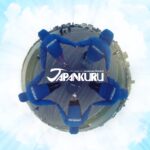



 >> Find out more at Japankuru.com! (link in bio)
#
>> Find out more at Japankuru.com! (link in bio)
#





 The Robot Restaurant is gone, but the Samurai Restaurant is here to take its place. Check it out, and don't forget your coupon!
The Robot Restaurant is gone, but the Samurai Restaurant is here to take its place. Check it out, and don't forget your coupon!
 신주쿠의 명소 로봇 레스토랑이 사무라이 레스토랑으로 부활! 절찬 쿠폰 발급중
신주쿠의 명소 로봇 레스토랑이 사무라이 레스토랑으로 부활! 절찬 쿠폰 발급중
 18歲以上才能入場的歌舞秀,和你想的不一樣!拿好優惠券去看看~
#tokyo #shinjuku #samurairestaurant #robotrestaurant #tokyotrip #도쿄여행 #신주쿠 #사무라이레스토랑 #이색체험 #할인이벤트 #歌舞伎町 #東京景點 #武士餐廳 #日本表演 #日本文化體驗 #japankuru #japantrip #japantravel #japanlovers #japan_of_insta
18歲以上才能入場的歌舞秀,和你想的不一樣!拿好優惠券去看看~
#tokyo #shinjuku #samurairestaurant #robotrestaurant #tokyotrip #도쿄여행 #신주쿠 #사무라이레스토랑 #이색체험 #할인이벤트 #歌舞伎町 #東京景點 #武士餐廳 #日本表演 #日本文化體驗 #japankuru #japantrip #japantravel #japanlovers #japan_of_insta
 코지마 x 빅 카메라 쿠폰으로 일본 가전 제품 쇼핑하기
#pr #japankuru #japanshopping #kojima #biccamera #japaneseskincare #yaman #dji #osmopocket3 #skincaredevice #日本購物 #美容儀 #相機 #雅萌 #日本家電 #일본여행 #면세 #여행꿀팁 #일본쇼핑리스트 #쿠폰 #일본쇼핑 #일본브랜드 #할인 #코지마 #빅카메라 #japankurucoupon
코지마 x 빅 카메라 쿠폰으로 일본 가전 제품 쇼핑하기
#pr #japankuru #japanshopping #kojima #biccamera #japaneseskincare #yaman #dji #osmopocket3 #skincaredevice #日本購物 #美容儀 #相機 #雅萌 #日本家電 #일본여행 #면세 #여행꿀팁 #일본쇼핑리스트 #쿠폰 #일본쇼핑 #일본브랜드 #할인 #코지마 #빅카메라 #japankurucoupon